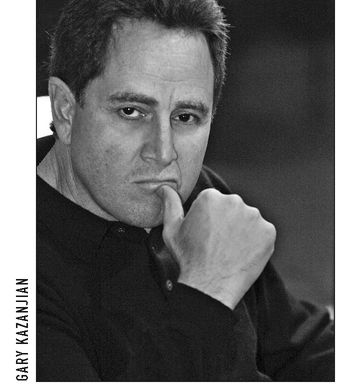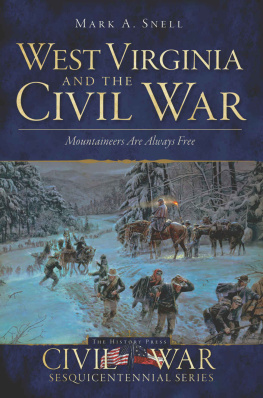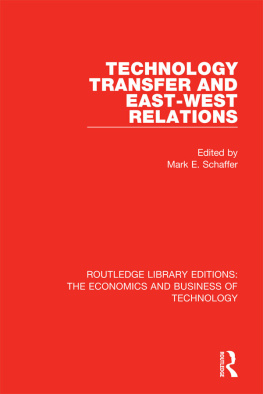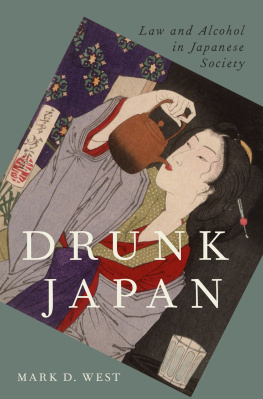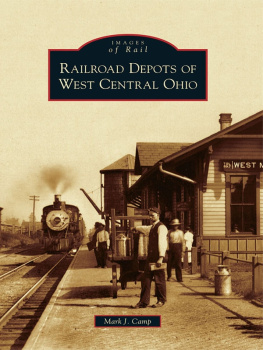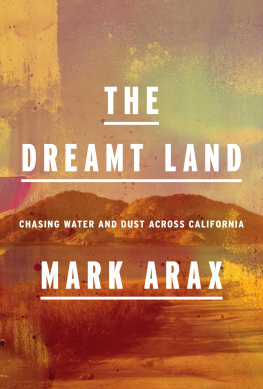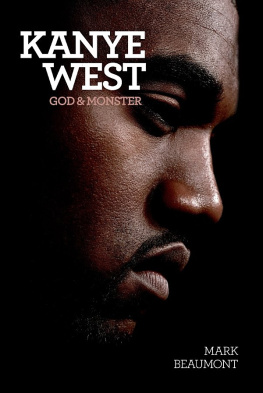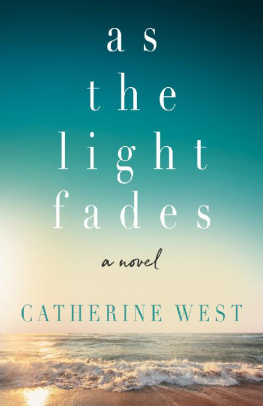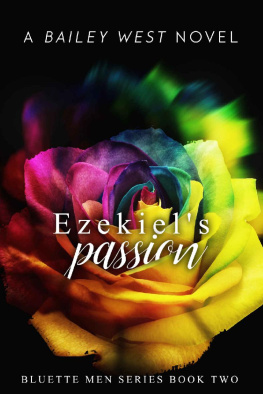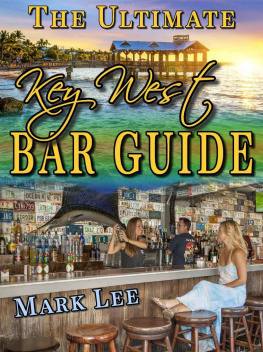Award-winning author and journalist Mark Arax has written two previous books, The King of Californiaa Los Angeles Times bestseller and Best Book of the Yearand In My Fathers Name. He is a contributing writer at Los Angeles magazine and a former senior writer at the Los Angeles Times. He teaches nonfiction writing at Claremont McKenna College and lives in Fresno.
PublicAffairs is a publishing house founded in 1997. It is a tribute to the standards, values, and flair of three persons who have served as mentors to countless reporters, writers, editors, and book people of all kinds, including me.
I. F. STONE, proprietor of I. F. Stones Weekly, combined a commitment to the First Amendment with entrepreneurial zeal and reporting skill and became one of the great independent journalists in American history. At the age of eighty, Izzy published The Trial of Socrates, which was a national bestseller. He wrote the book after he taught himself ancient Greek.
BENJAMIN C. BRADLEE was for nearly thirty years the charismatic editorial leader of The Washington Post. It was Ben who gave the Post the range and courage to pursue such historic issues as Watergate. He supported his reporters with a tenacity that made them fearless and it is no accident that so many became authors of influential, best-selling books.
ROBERT L. BERNSTEIN, the chief executive of Random House for more than a quarter century, guided one of the nations premier publishing houses. Bob was personally responsible for many books of political dissent and argument that challenged tyranny around the globe. He is also the founder and longtime chair of Human Rights Watch, one of the most respected human rights organizations in the world.
For fifty years, the banner of Public Affairs Press was carried by its owner Morris B. Schnapper, who published Gandhi, Nasser, Toynbee, Truman, and about 1,500 other authors. In 1983, Schnapper was described by The Washington Post as a redoubtable gadfly. His legacy will endure in the books to come.
Peter Osnos, Founder and Editor-at-Large
chapter one
The Last Valley
On the eve of the 2008 presidential election, I found myself standing in line at the U-Haul on Blackstone Avenue in Fresno, waiting to rent a truck. I had been living in a condo for the past year and a half, ever since my wife and I parted. Now, thanks to the fire sale prices of the nations foreclosure mess, I was moving into a new house not far from my old house.
The line at the U-Haul was long, but the two clerks manning the four-clerk counter worked quickly. Before I knew it, my turn had come.
Now thats what I call customer service, I said, without a hint of smart ass.
The young female clerk was not amused. It dont take long when you run their card through the machine and find out they aint got no credit left, she said.
As I waited for my truck to be brought out, I watched those who had come in behind me. Cash or not, they needed to produce a working credit card to rent a moving van. Nearly half of them could not. Still, they had reached into their wallets and purses and did the ritual swipe. Maybe the bank had changed its mind.
I got more money than God, one man turned down at the counter mumbled.
Behind the wheel of my truck, adjusting the giant side view mirror, I counted myself among the lucky. No region of the country had seen the value of its houses shoot up farther and faster during the boom years than the San Joaquin Valley. And now no region in America had fallen deeper and darker into the hell of the bust than us. In and out, the dispossessed scurried without even the services of U-Haul to ease them from house to apartment. And here I was making the trip in reverse with a $29.95-a-day truck and a hired hand named Juan.
I had once read that Alexis de Tocqueville, in his journey across a callow America, had puzzled over a nation whose inhabitants were such a restless lot that they started to build a house and left before the roof was finished. What would he make now, I thought, of a country where the roofs had left the people?
I had been happily paying $1,400 a month in rent, but my thinking began to change when I realized that $800,000 houses in old Fig Garden were now selling for $400,000. With a solid 20 percent down, I calculated, my monthly mortgage payment would be the same as my rent. So that summer I started studying the local real estate offerings and chasing down foreclosures in pursuit of a house that had the same open feel as my old house, with enough backyard dirt to grow a few fruits and vegetables.
The list of foreclosures, as you might imagine, had no end. Up and down California, $100 billion worth of houses had been repossessed by the banks over the previous two years. Each business day, 1,300 more houses joined the ranks of the emptied. For all that volume, I kept running into the same two houses: the house that was too good to be true, in which case my offer to buy always seemed to arrive a few minutes late. Or the house that looked promising on the outside only to reveal on the inside the anger of the family that had been pried from it. Plumbing lines filled with cement, microwaves torn from cabinets, holes kicked into walls, and even a Fuck You scrawled in purple lipstick on a vanity mirror. For two months, I hunted without luck, and then I adopted a vultures strategy: Pick out a desired neighborhood and look for the lawn that was starting to turn brown. Then, before a For Sale sign can be put up, find the real estate agent representing the bank and make an offer for full price.
In two weeks time, I had landed a classic 1958 ranch house3,100 square feet, side garden, and Olympic-size poolfor $99.69 a square foot.
That night, after Juan and I had finished moving the last load, I sat in my new garage and picked through the boxes of old notebooks from a quarter century of reporting on California. Why I had lugged them from L.A. to Pasadena to Fresno, from apartment to house to condo to house again, I wasnt sure. The stories had been written. The stories had been read. People and places I had captured in scrawls so intimate at the time. It was as if they had been thrown into boxes and sealed up too. This is what a journalist does, I reasoned. You cant afford to look back. There is the next one, and then the next one. I kept on doing the next one until the newspaper of record in Californiaa state that is eight hundred miles long and two hundred miles wide, boasting a population nearing 40 million and an economy greater than all but nine nations, that built the greatest agricultural machine and prison industrial complex the world had ever knownno longer needed a journalist roaming the middle to find its untold stories.
It struck me that night that I had an opportunity a social scientist might kill for. The story I had been covering for half my lifethe migrations at the core of California, the grafting of old onto new, the capacity of the newly arrived to reinvent themselveshad not ended with the -30- I typed under the last line. Here was a chance to freshen up those notebooks and find old friends, to hit the open road and see how the story of California had evolved over a distance of twenty-five years, an eternity, after all. Was the dreamer still dreaming? The seeker still seeking? The builder still building? What had become of the places where I had done time?

